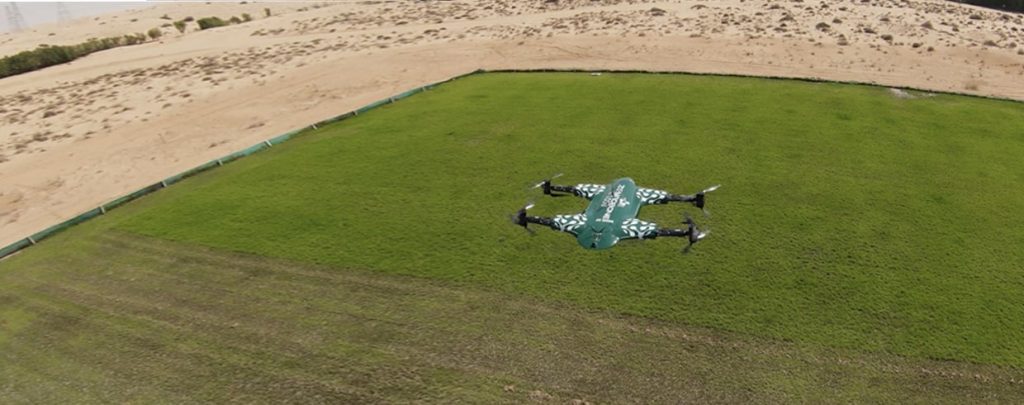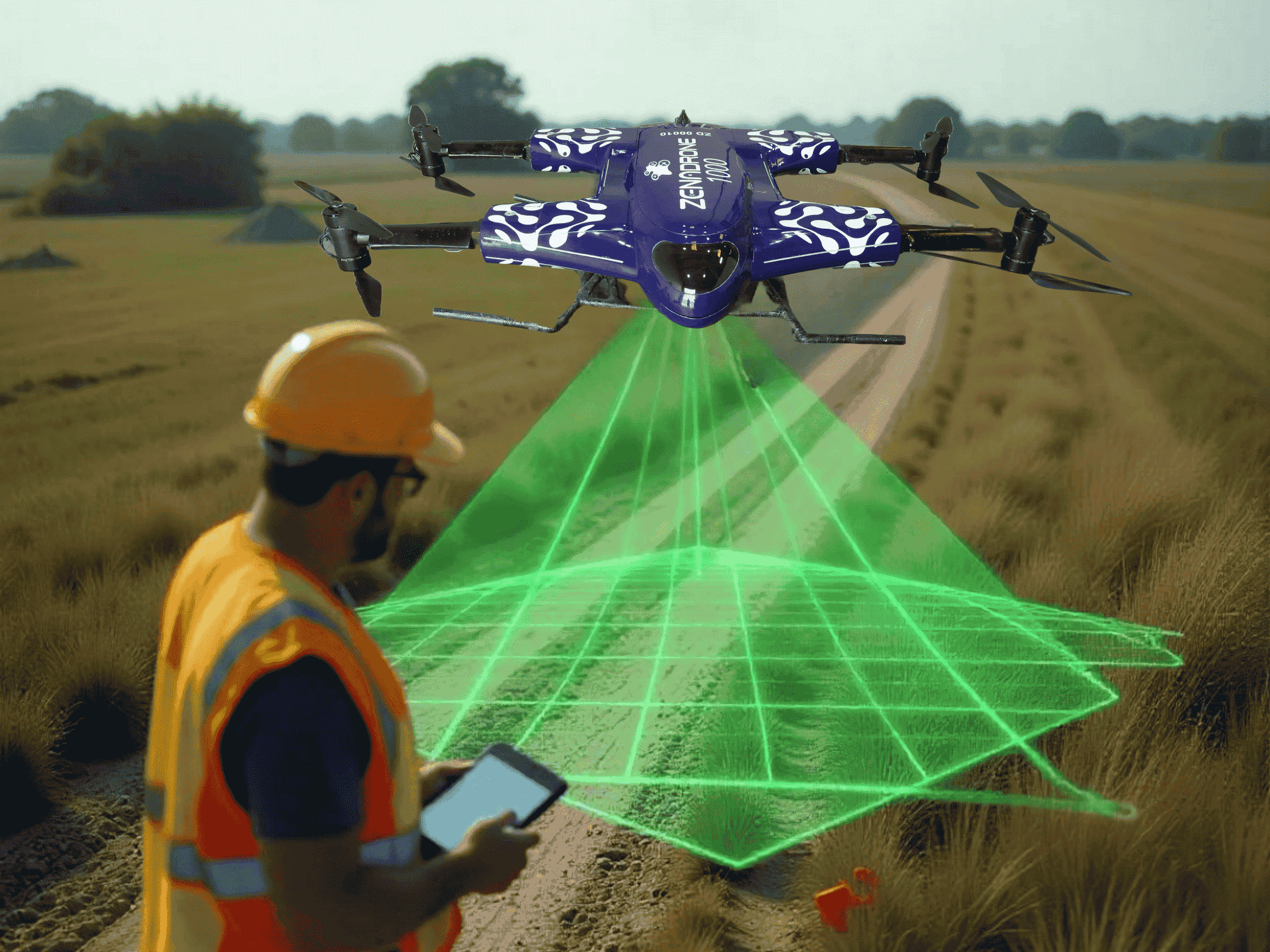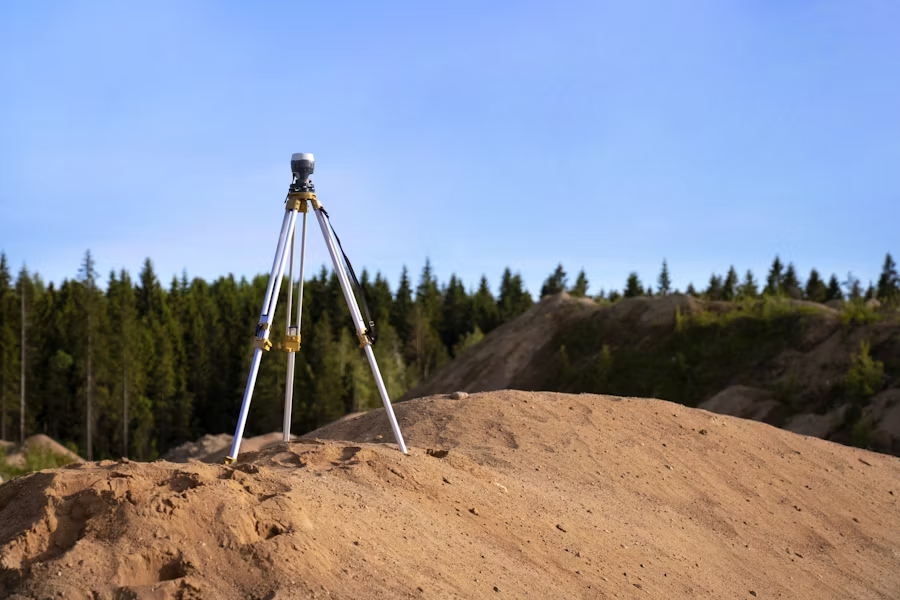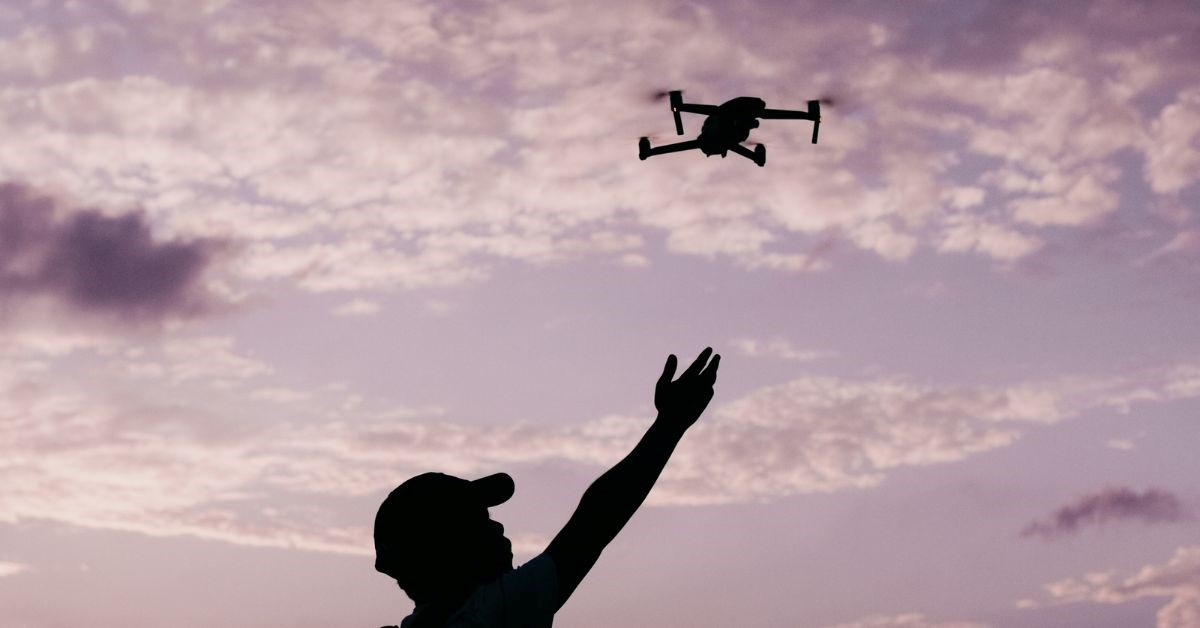How Drones Contribute to the Agriculture Industry’s Success

The demand for agricultural drones is rapidly increasing, with the market expected to reach $5.89 billion by 2030, growing at a 22.4% CAGR. Agriculture UAV companies play a crucial role in this growth by providing advanced drone solutions that cater to both small and large-scale farming operations.
Farmers are adopting drone technology for several reasons. Beyond data collection for optimizing irrigation and treatment, agriculture UAV companies offer drones that streamline manual tasks, making farming processes more cost-effective. Additionally, these companies provide UAVs designed to monitor farms and livestock, significantly enhancing overall farm security. In this article, we’ll explore how agriculture UAV companies are revolutionizing agriculture and boosting crop yields for farmers
Why Use Drones for Farming?
Drones, or unmanned aerial vehicles (UAVs), can be operated directly or using pre-programmed flight instructions. Different types of drones in agriculture are used because of their range relative to their size.
Fixed-wing and multirotor drones are the most common drones used by farmers worldwide. They offer many benefits of agricultural drones, from faster data collection to increased security and automation. They are also cheaper than other types of heavy equipment for agriculture
Seeding, Spraying, and Irrigation
For many farmers, dust cropping can be one of the more expensive processes for maintaining crop health. Drones provide a cheaper alternative to airplanes and helicopters, thanks to several features.
These features typically include but aren’t limited to, custom attachments, extended battery life, and pre-programmable flight routes for routine spraying. Here’s how drone technology in agriculture makes these processes faster, cheaper, and more efficient:
- Planting and seeding: Certain types of drones in agriculture are either specialized or have custom attachments for drone seeding. These include drones that plant trees, which are crucial in reforestation and sustainable farming practices. Drone seeding, especially with drones that plant trees, saves time and resources while covering more farm areas in any given period.
- Spraying – Unlike traditional dust-cropping aircraft, drone sprayers can navigate hard-to-reach areas more easily. They can deliver fertilizer, herbicide, and pesticide with more precision to minimize potential runoff.
- Irrigation – As climate change affects crop requirements, farmers seek more efficient irrigation solutions. Drones can use microwave sensors to capture moisture levels, allowing farmers to distribute water evenly.
Aerial Mapping and Monitoring
Various types of drones in agriculture are used for monitoring plant health. Drones can monitor more closely than satellites and provide more detailed imaging. While farmers can use satellite imagery for crops, especially for large monoculture farms, satellite data is too costly.
Here’s what makes drones great for aerial mapping and monitoring:
- RGB mapping – Basic RGB mapping can offer more detail and information than most satellite data since they can fly below the cloud cover. They also provide the basis for other types of imaging or 3D mapping.
- NDVI mapping – Drones can be equipped with Normalized Difference Vegetation Index (NDVI) sensors to monitor for malnourishment or drought. NDVI maps do this by showing reflected infrared light in a specific area.
- Photogrammetry – Drones can help farmers gain access to accurate maps and 3D models of their farms. With the help of drone software, they can combine different aerial images to create a complete picture.
Security and Livestock Management
Drone technology in agriculture can also extend to security and livestock management, which are crucial for large farms and ranchers.
Monitoring farms and ranches can take hours by walking and several minutes by car. While the latter can be faster, it also consumes gasoline, which can add up to a farmer’s expenses. Drones save valuable time without farmers having to survey farms by themselves.
Here’s how drones improve security and livestock management for farmers and ranchers:
- Security – Drones can monitor distant or hard-to-reach areas to provide a regular overview of daily farm operations. Security drones can check fencing and perimeters for crops like corn, wheat, or cannabis in minutes.
- Geo-tagging – Geo-tagging has been around for a while, but it’s a capability that can be used aside from tagging plants. Drones can also tag livestock or heavy equipment to prevent these assets from becoming lost or damaged.
- Livestock Management – Drone technology in agriculture can also be used for managing livestock. Herds of cows, pigs, horses, or sheep can be monitored regularly with the help of drone cameras. Additionally, they can identify potential predators or sick animals.
Drone AI and the Next Steps in Drone Technology
Artificial intelligence is one of the most important contributions of drone technology in agriculture. This is because AI can help streamline data collection and provide valuable insight for farmers, allowing for better planning.
Currently, drone AI is seeing more popularity among smaller farmers due to the added efficiency in monitoring crops. Here’s how drone AI is bringing out the best in agricultural drones around the world:
- Forecasting – When paired with drones, AI tools and mobile apps can help farmers determine crop and soil health. Aside from malnourishment or irrigation issues, they can use AI to identify insects, weeds, or diseases that can affect crops.
- Pollination – Many newer models used in agriculture are being developed to help pollinate plants. As technology improves, pollinating drones can automatically monitor plant health using pre-programmed instructions.
Custom Attachments, Farming, and You
Drone technology in agriculture isn’t always limited to built-in features and software. As farmers’ needs change, drones become more flexible to fulfill different roles.
Custom attachments, like swappable camera sensors and robotic arms, are becoming more common for drone models. Other Drone features like storage drives can also be upgraded or customized to accommodate large file transfers
The Bottom Line
Farmers’ needs are changing because of different factors, and they often have to maximize crop yields while balancing limited resources. They must also limit the chemicals used in growing crops, such as fertilizers and pesticides. In recent years, drone technology in agriculture has provided a viable solution for small and large-scale farmers. They are excellent tools for optimizing data collection and monitoring, and can even streamline many manual processes
Contact Us
Thank you for your message. It has been sent.
Latest Posts
Social Profiles















